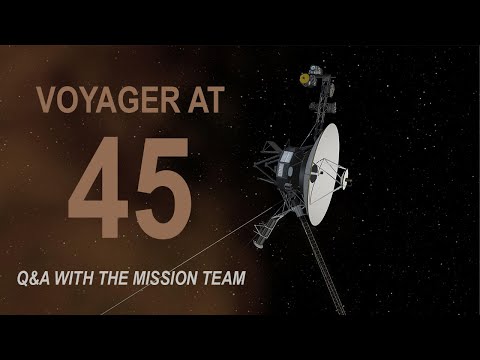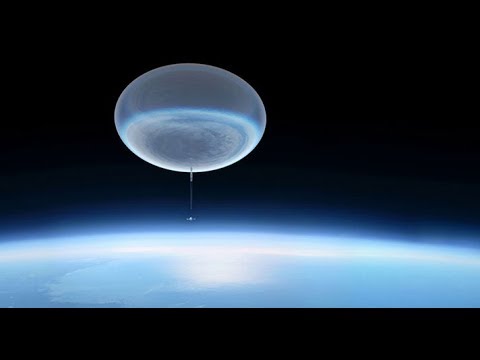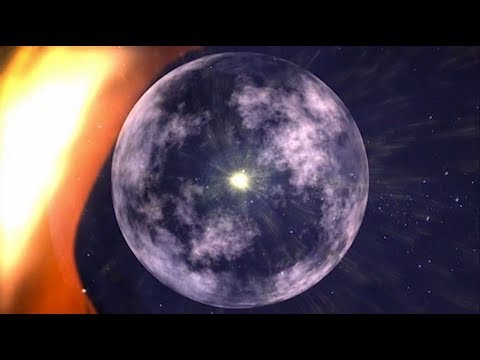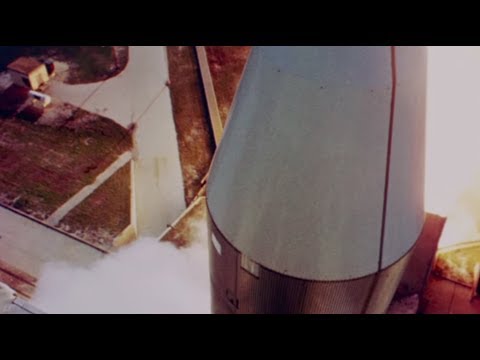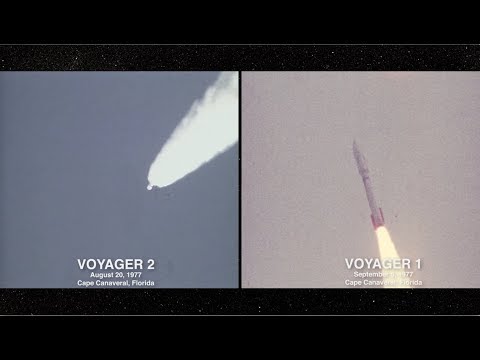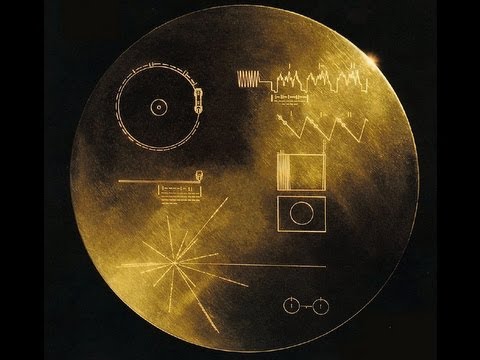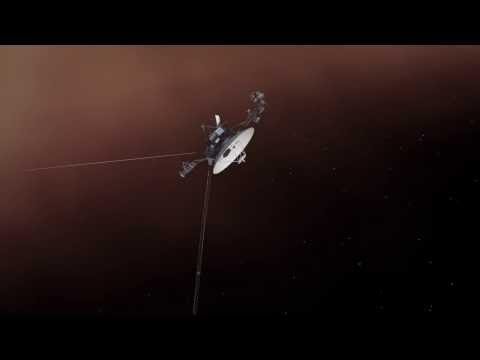9.8K views 3 weeks ago
96K views 3 weeks ago
263K views 10 months ago
579K views 2 years ago
1 views
2 years ago
5.6M views 2 years ago
905K views 2 years ago
758K views 2 years ago
1.7M views 3 years ago
1.5M views 3 years ago
1 views
6 years ago
1 views
6 years ago
1 views
7 years ago
1 views
7 years ago
5.4M views 8 years ago
1 views
1 decade ago
1 views
1 decade ago




